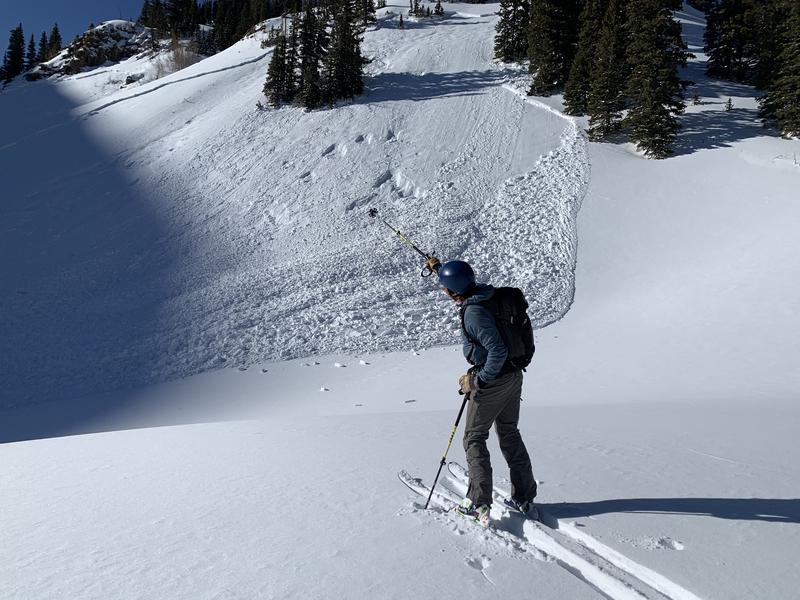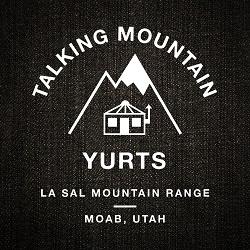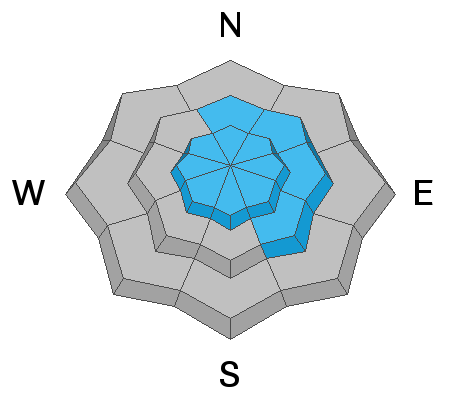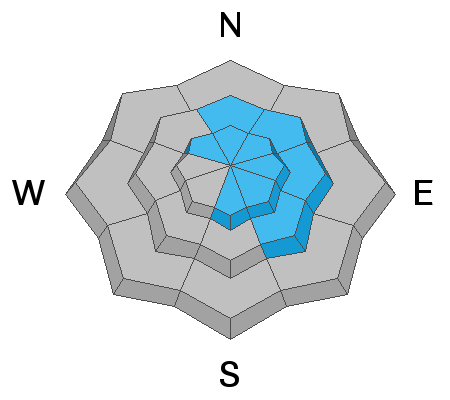Forecast for the Moab Area Mountains

Issued by Eric Trenbeath on
Monday morning, January 27, 2020
Monday morning, January 27, 2020
The avalanche danger remains MODERATE and human triggered avalanches are possible. The new snow shouldn't change things much but with the increasing NW winds we may see some fresh drifts forming at upper elevations. Steep, wind drifted slopes right around treeline and above that face N-NE-SE are the most likely areas for you to trigger an avalanche. A triggered wind slab has the potential to break into a buried persistent weak layer causing a deeper, and more dangerous avalanche. Persistent weak layers have been observed on slopes facing NW-N-S. A keen eye for wind loaded slopes, and a penchant for digging into the snow are essential skills to have before venturing into steep terrain.
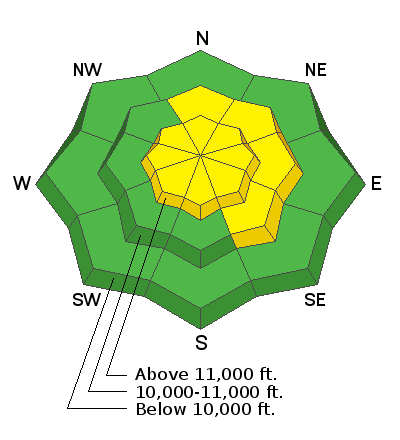
Low
Moderate
Considerable
High
Extreme
Learn how to read the forecast here



